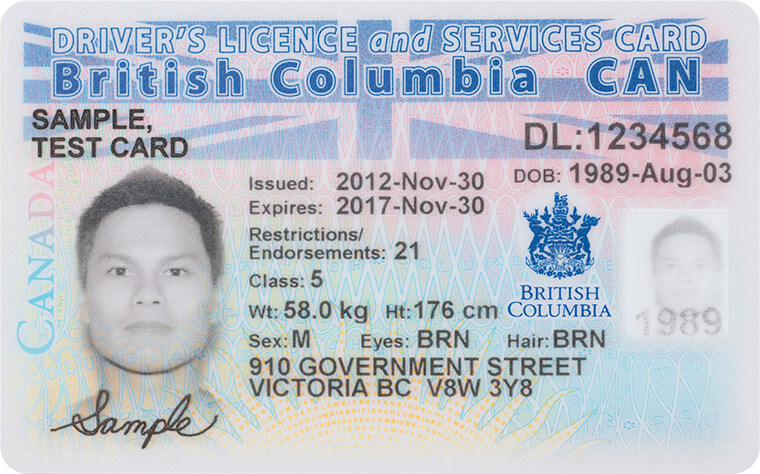- Based on official British Columbia 2025 Driver's manual
- Updated for May 2025
FREE British Columbia Motorcycle Practice Test 2
- Perfect for learner’s permit and full rider’s licence
- Triple-checked for accuracy
What you need to know

- Slowing down before a curve prevents
- Space conflicts can occur when
- Space conflicts happen when
- Staying alert includes
- The front brake provides you with what percentage of your stopping power?
- The observation cycle is
- Thinking like a rider does not mean
- To be seen while riding at night, you should
- To maintain proper speed
- To turn at low speeds
- Unless a road sign tells you otherwise, the motorcycle speed limit inside cities and towns is
- Unless a road sign tells you otherwise, the speed limit outside cities and towns is
- Use your mirrors and shoulder check whenever you plan to
- Vision blocks occur when
- What negative image pressures are acceptable even when they influence your riding?
- What is a hazard that might surprise you on the road?
- What is countersteering?
- What is inertia?
- What is lane splitting?
- What is the purpose of proper riding gear?
- What percentage of crashes happens at intersections?
- What percentage of the time do helmets prevent head injuries?
- What should you do before braking?
- What should you do if you don’t have enough space to stop in front of an obstacle?
- What should you do to avoid potential hazards?
- What should you try to predict while riding?
- When crossing railway tracks
- When do you NOT want to countersteer?
- When following behind a large vehicle, you should have at least how many seconds of following distance?
- The best time for you to use your brakes is
Our commitment to accuracy and quality in our practice tests
Explore our rigorous, multi-tiered verification process that ensures each question mirrors the official manual for unparalleled accuracy.

At Tests.ca, we understand the importance of reliable and accurate practice tests to help you prepare for your driver's knowledge exam. That's why we've developed a meticulous process to create and continually update our practice questions, ensuring they reflect the most current driving laws and regulations.
Here's an inside look at how we maintain the highest quality in our practice tests.
Content Creation and Verification Process
- Alignment with Official Driving Handbooks:
Every question we develop is based on the most recent version of each province's official driving manual. Our team regularly monitors each province's official website for the latest updates to ensure our practice tests are always aligned with the most current information. - Community Feedback Integration:
We leverage feedback from our vast community of users to understand which topics are most frequently tested. This helps us focus on the areas that are most relevant and beneficial for your preparation. - Expert Content Creation:
Our in-house editor, Steven, who has extensive experience in driver education, crafts each question with precision. He conducts a thorough review of each question against the official manuals to ensure accuracy. - Rigorous Review Process:
Once Steven has finalized a set of questions, our team conducts a joint review session. This second level of scrutiny involves content accuracy, proofreading, and fact-checking to eliminate any errors. - User Feedback Mechanism:
After a question goes live on our site, we keep the lines of communication open. Each question features a feedback button, inviting users to report any issues or errors. This continuous feedback loop allows us to address and rectify any concerns promptly. - Responsive Updates:
In line with our commitment to accuracy, we quickly update our practice questions to reflect any changes in the provincial government manuals. Additionally, we update the free electronic copy of the state's driver's license manuals on our site, typically within a few days after the government publishes them.
Our thorough quality control process ensures that you have access to practice tests that are as accurate and up-to-date as possible. We believe in the power of well-prepared drivers and are dedicated to providing you with the best study tools to help you succeed on your driver's knowledge exam.
Pass the First Time. Guaranteed.
Be fully prepared in days, not weeks. Get full access to our entire program, starting at $49.
270 Exam-Like Questions
Unlock province-specific questions vetted by DMVs and seen on the official exam.
Industry-Leading 97% Success Rate
Compare with the average US passing rate of 49%.
Trusted by over 14,300+ customers
The only program recommended by DMVs.

